NLRP3 Inflammasome: A New Pharmacological Target for Reducing Testicular Damage Associated with Varicocele
- PMID: 33525681
- PMCID: PMC7865407
- DOI: 10.3390/ijms22031319
NLRP3 Inflammasome: A New Pharmacological Target for Reducing Testicular Damage Associated with Varicocele
Abstract
Many bioactive natural compounds are being increasingly used for therapeutics and nutraceutical applications to counteract male infertility, particularly varicocele. The roles of selenium and Polydeoxyribonucleotide (PDRN) were investigated in an experimental model of varicocele, with particular regard to the role of NLRP3 inflammasome. Male rats underwent sham operation and were daily administered with vehicle, seleno-L-methionine (Se), PDRN, and with the association Se-PDRN. Another group of rats were operated for varicocele. After twenty-eight days, sham and varicocele rats were sacrificed and both testes were weighted and analyzed. All the other rats were challenged for one month with the same compounds. In varicocele animals, lower testosterone levels, testes weight, NLRP3 inflammasome, IL-1β and caspase-1 increased gene expression were demonstrated. TUNEL assay showed an increased number of apoptotic cells. Structural and ultrastructural damage to testes was also shown. PDRN alone significantly improved all considered parameters more than Se. The Se-PDRN association significantly improved all morphological parameters, significantly increased testosterone levels, and reduced NLRP3 inflammasome, caspase-1 and IL-1β expression and TUNEL-positive cell numbers. Our results suggest that NLRP3 inflammasome can be considered an interesting target in varicocele and that Se-PDRN may be a new medical approach in support to surgery.
Keywords: A2A receptor; NLRP3 inflammasome; PDRN; nutraceuticals; selenium; testis; varicocele.
Conflict of interest statement
The authors declare no conflict of interest.
Figures
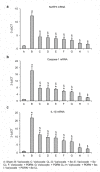
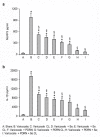
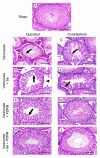
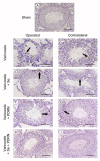
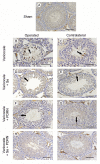

References
MeSH terms
Substances
LinkOut - more resources
Full Text Sources
Other Literature Sources

